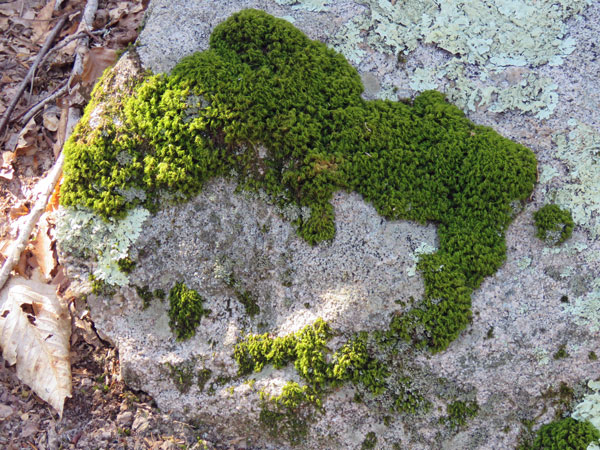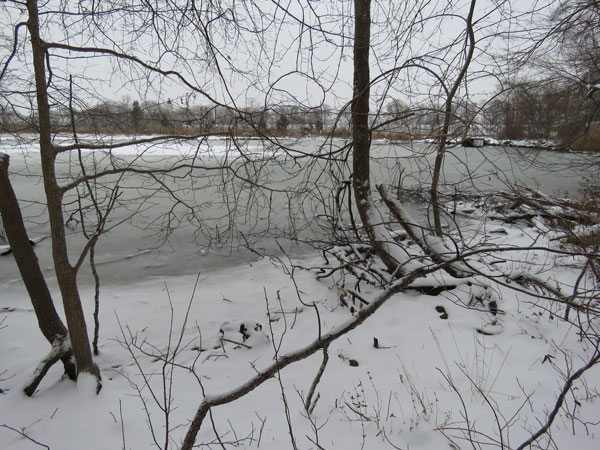
One of Tim’s friends told us about this lovely park. This bridge goes over the overgrown tracks of the Norwich & Westerly Railway.
The Norwich and Westerly Railway was an interurban trolley system that operated in Southeastern Connecticut during the early part of the 20th century. It operated a 21-mile line through rural territory in Norwich, Preston, Ledyard, North Stonington, and Pawcatuck, Connecticut to Westerly, Rhode Island between 1906 and 1922. For most of its length, the route paralleled what is now Connecticut Route 2.
~ Wikipedia

It’s a blurry picture but I was so excited to finally see a Carolina wren in Connecticut. I first heard its pretty song and saw a few of them while at my daughter’s home in North Carolina in the fall of 2018. I’ve been hearing them sing in the spring and fall since returning to to Connecticut but haven’t been able to spot one until this day.





against the natural stone throne
A “Natural Stone Throne” was indicated on the map but we almost missed it behind all the brush. Tim bushwhacked his way up a steep incline and got the above picture on his cell phone. I wasn’t about to follow but then he noticed a cleared trail joining the main trail a little ahead of where I was. So I walked around and up and got the following two pictures. I made one attempt to climb up and sit on it but it was too high to pull it off!



We proceeded up the hill and found ourselves at eye level with the top of the 23-story Grand Pequot Tower at Foxwoods Resort Casino, a mile and a half away (2.4 km).



A little farther along we got to the end of the trail at High Ledge Overlook. Thank goodness there was a fence marking the edge. It was a long way down. And then we turned around and noticed different things on our way back down the hill.





How little there is on an ordinary map! How little, I mean, that concerns the walker and the lover of nature…. The waving woods, the dells and glades and green banks and smiling fields, the huge boulders, etc., etc., are not on the map, nor to be inferred from the map.
~ Henry David Thoreau
(Journal, November 10, 1860)





































































































































